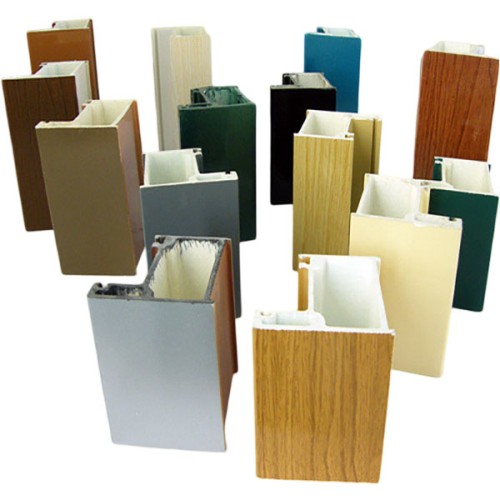Explore the Structure, Manufacturing, Applications, and Benefits of Polymer Fiberglass Window Profiles for Modern Architecture
Introduction to Polymer Fiberglass Window Profiles
Polymer Fiberglass Window Profiles, also known as fiberglass window frames or composite window profiles, represent a significant advancement in modern fenestration technology. These profiles are crafted from a composite material that combines glass fibers with a polymer matrix, resulting in a product that offers superior strength, durability, and energy efficiency compared to traditional window materials.
Manufacturing Process
The production of Polymer Fiberglass Window Profiles involves a process called pultrusion. In this continuous manufacturing technique, glass fibers are impregnated with a polymer resin and then pulled through a heated die to form profiles with consistent cross-sections. This method ensures high dimensional stability and allows for the creation of complex shapes tailored to specific architectural requirements.
Classification and Specifications
Polymer Fiberglass Window Profiles can be categorized based on their structural design and application:
-
Single-Hung and Double-Hung Profiles: Common in residential buildings, offering ease of operation and maintenance.
-
Casement and Awning Profiles: Provide excellent ventilation and are often used in commercial settings.
-
Fixed and Picture Window Profiles: Designed for unobstructed views and maximum light entry.
These profiles are available in various dimensions and finishes, accommodating diverse design preferences and performance requirements.
Applications
The versatility of Polymer Fiberglass Window Profiles makes them suitable for a wide range of applications:
-
Residential Buildings: Enhance energy efficiency and aesthetic appeal in homes.
-
Commercial Structures: Ideal for offices and retail spaces due to their durability and low maintenance.
-
Industrial Facilities: Resistant to harsh environmental conditions, making them suitable for factories and warehouses.
Comparison with Other Materials
When compared to traditional materials like wood, aluminum, or vinyl, Polymer Fiberglass Window Profiles offer several advantages:
-
Thermal Performance: Fiberglass has low thermal conductivity, reducing heat transfer and improving energy efficiency.
-
Durability: Resistant to warping, rotting, and corrosion, leading to a longer lifespan.
-
Maintenance: Requires minimal upkeep, unlike wood which may need regular painting or sealing.
-
Environmental Impact: Often made from recycled materials and fully recyclable at the end of their life cycle.
Installation Considerations
Installing Polymer Fiberglass Window Profiles requires attention to detail to ensure optimal performance:
-
Proper Sealing: Ensures airtightness and prevents moisture ingress.
-
Thermal Breaks: Incorporating thermal breaks can further enhance energy efficiency.
-
Compatibility: Must be compatible with the building's structural and aesthetic requirements.
Professional installation is recommended to achieve the best results and to comply with building codes and standards.
Conclusion
Polymer Fiberglass Window Profiles stand out as a superior choice for modern construction and renovation projects. Their combination of strength, energy efficiency, and low maintenance requirements make them an excellent investment for both residential and commercial applications. As the demand for sustainable and high-performance building materials grows, these profiles are poised to play a pivotal role in shaping the future of architectural design.

